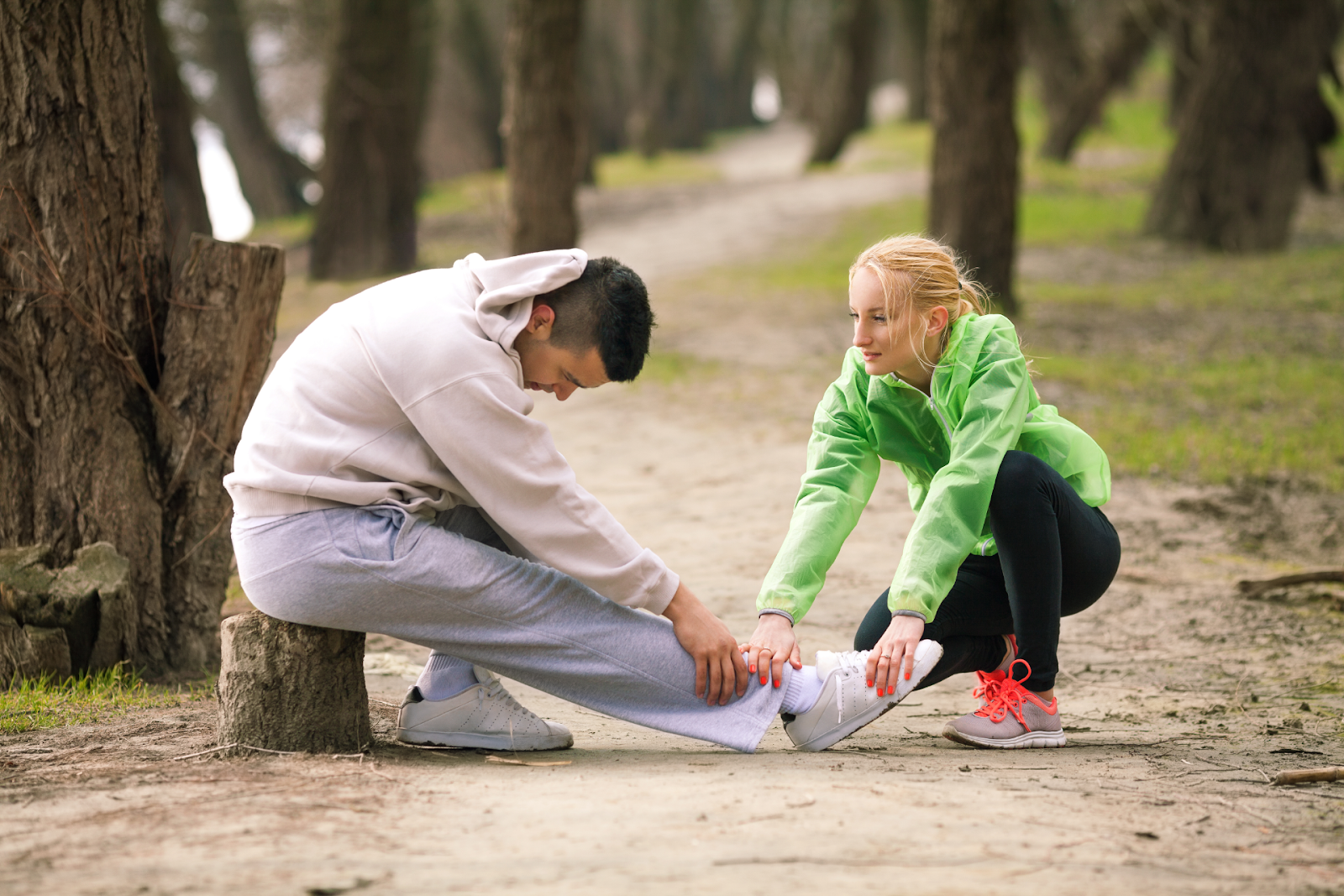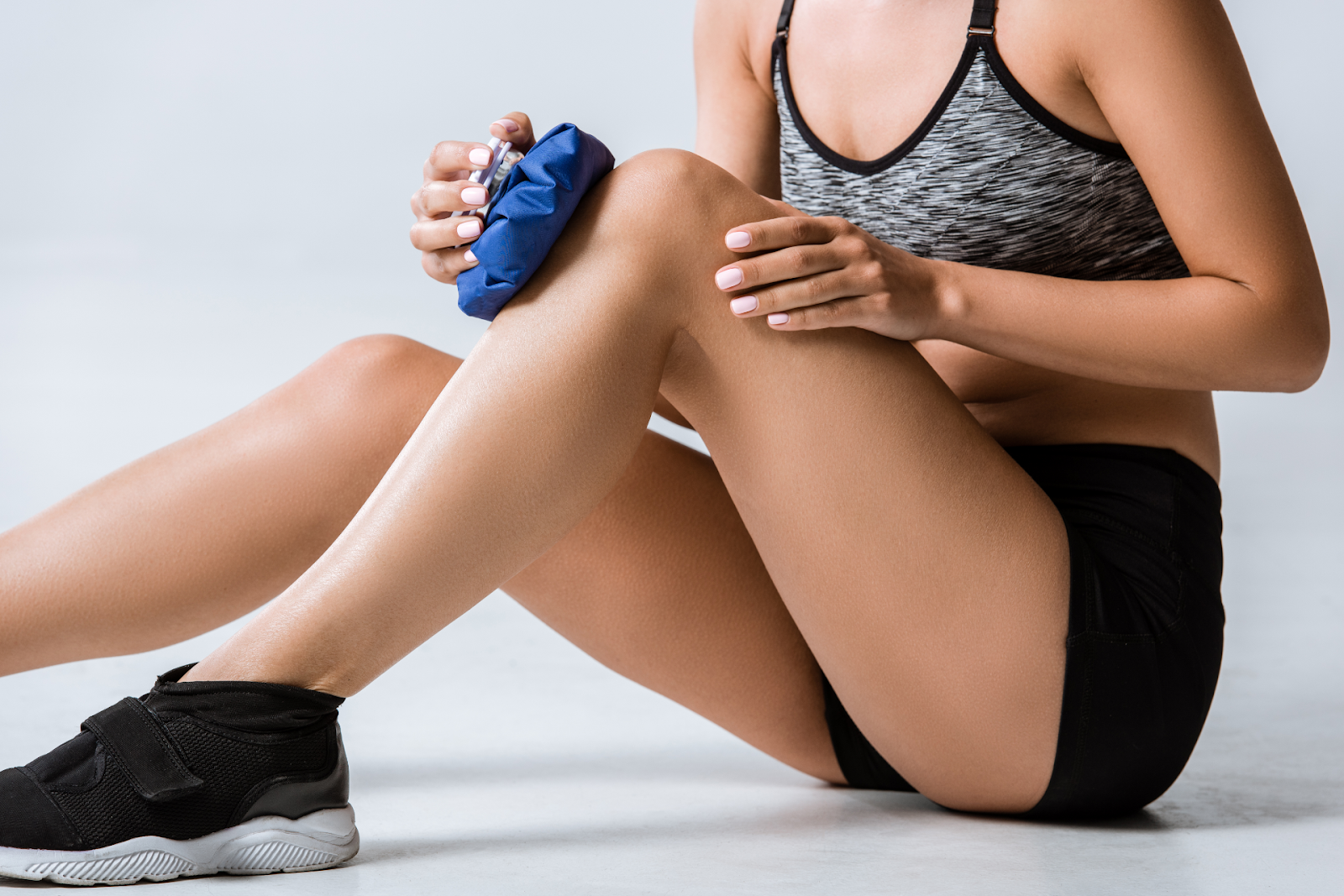7 Tips for a Fast Recovery From Your Injuries

Whether you are a seasoned tennis player or a casual runner, dealing with a sports injury is never fun. Not only are you sidelined from practicing a sport you love, but you may also be dealing with immense pain. At X Shadyside, one of the top gyms in Shadyside, we understand the pains (both physical and metaphorical) that come with the healing process. If you’re dealing with a pesky injury right now, we have a full guide dedicated to helping you through the healing process. Check it out now!
7 Tips for Successfully Healing Your Sports Injury Faster
Experts from one of the top gyms in Shadyside offers advice for helping your injury heal

Injuries can be caused by a number of factors, including overuse, poor training techniques, and accidents. But whatever the cause, it’s crucial to give your muscles time to rest and recover. Starting training too soon can lengthen your recovery period or even worsen your injury. In general, you should remember to:
- Stretch and stay loose under supervision
- Stay hydrated
- Focus on your mental recovery
- Practice cold therapy
- Rest your muscles
- Practice injury prevention
- Nourish yourself with a healthy diet
- Follow the doctor’s orders
Let’s explore each point in-depth now.
1. Get Loose and Stretch
Depending on the severity of your injury, you might have to wait for a little before getting back onto your regular training routine. Some injuries, like torn or pulled muscles, should not be stretched. Doing so will only worsen the injury.
Under the approval of your doctor, you may be able to practice some light exercise and stretching. Stretching can help condition your muscles while also helping prevent future injuries. At X Shadyside, we offer a movement-based class called StretchX. This class challenges your range of motion and flexibility.
2. Stay Hydrated

Proper hydration plays an important role in the healing process. Drinking water can help speed up your recovery by thinning your blood, thereby allowing nutrients and oxygen to flow quickly through your body. You will also want to avoid caffeinated drinks, as they can make it difficult for the body to reduce swelling.
3. Remember to Focus on Your Mental Recovery Too
Physical injuries can negatively affect one’s mental health. It’s common for people to feel frustrated, angry, or isolated after experiencing an injury. Some athletes even experience depression or anxiety. That’s why it’s important to look after your mental health during your recovery. Some people seek out emotional support or make temporary lifestyle changes to keep themselves occupied. Setting new goals can also help you stay positive and make a successful recovery.
4. Practice Cold Therapy

If you experienced an acute soft tissue injury, you will need to follow the RICE method immediately. This cold therapy method can alleviate any discomfort resulting from the injury. The full steps of the RICE treatment include:
- R for Rest: Avoid moving or using the injured body part for at least a few hours
- I for Ice: Apply an ice pack to your injury to help reduce pain and swelling
- C for Compress: Firmly wrap a bandage around the injury
- E for Elevate: Elevate the injury above your heart or at least close to its level if you can’t elevate it
5. Rest
In general, you should wait one to three days before working out. However, this will vary based on the severity of your injury and your doctor’s recommendation. During this rest period, you can think about what factors led to your injury. Were you pushing yourself too hard? Failing to properly warm-up? Using poor technique? Thinking about this can help you take the necessary steps to prevent the same injury from occurring again. Sometimes, injuries occur as a result of a freak accident. But other times, you can learn something important from your injury.
6. Follow Practices for Injury Prevention
While some injuries are not 100% preventable, you can still follow best practices for injury prevention to significantly reduce your chances of dealing with one. Maybe you need to stretch longer or perform more warm-up exercises. Or you’re pushing yourself too hard. If you’re having trouble following a challenging, but safe routine, you might benefit from hiring a personal trainer for assistance.
7. Nourish Yourself on a Healthy Diet
Your diet can have a large impact on your healing process. During your recovery, make sure you fill yourself up with plenty of protein! Protein is essential for muscle development, which will be essential when you start re-training. Vitamin C and omega-3 fatty-acids are also great for healing, as they contain numerous anti-inflammatory properties. You should also seek out foods that are rich in zinc, calcium, and fiber. All of these nutrients play important roles in the healing process.
The rehabilitation process can be tedious and frustrating. But it’s crucial for helping you achieve a full recovery and get back into the game. Looking for professional help and guidance to help you through the process? Contact the team at X Shadyside, one of the best gyms in Shadyside.


.png)
.png)
-p-1600.jpg)
.avif)



